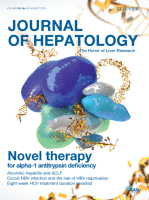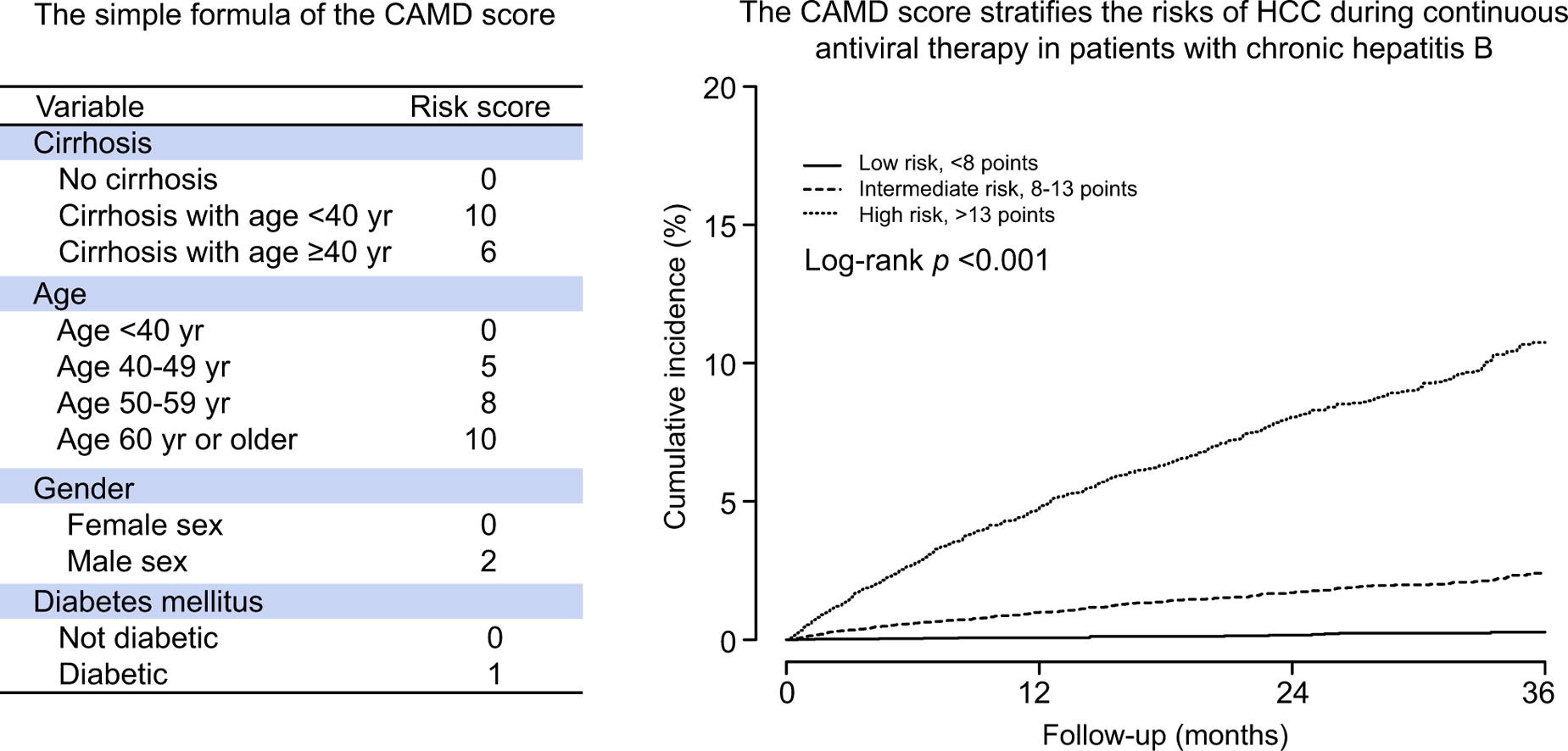Featured Scientist

Author published in "Journal of Hepatology" affiliate to
Yao-Chun Hsu
Big Data Research Center, School of Medicine,
Fu-Jen Catholic University, New Taipei, Taiwan
Article published in
"Journal of Hepatology", Volume 69, Issue 2, August 2018, Pages 278-285
Development of a scoring system to predict hepatocellular carcinoma in Asians on antivirals for chronic hepatitis B
Background & Aims
The risk of hepatocellular carcinoma (HCC) during antiviral therapy in patients with chronic hepatitis B (CHB) is inadequately predicted by the scores built from untreated patients. We aimed at developing and validating a risk score to predict HCC in patients with CHB on entecavir or tenofovir treatment.
Methods
This study analysed population-wide data from the healthcare databases in Taiwan and Hong Kong to identify patients with CHB continuously receiving entecavir or tenofovir. The development cohort included 23,851 patients from Taiwan; 596 (2.50%) of them developed HCC with a three-year cumulative incidence of 3.56% (95% CI 3.26–3.86%). The multivariable Cox proportional hazards model found that cirrhosis, age (cirrhosis and age interacted with each other), male sex, and diabetes mellitus were the risk determinants. These variables were weighted to develop the cirrhosis, age, male sex, and diabetes mellitus (CAMD) score ranging from 0 to 19 points. The score was externally validated in 19,321 patients from Hong Kong.
Results
The c indices for HCC in the development cohort were 0.83 (95% CI 0.81–0.84), 0.82 (95% CI 0.81–0.84), and 0.82 (95% CI 0.80–0.83) at the first, second, and third years of therapy, respectively. In the validation cohort, the c indices were 0.74 (95% CI 0.71–0.77), 0.75 (95% CI 0.73–0.78), and 0.75 (95% CI 0.72–0.77) during the first three years, and 0.76 (95% CI 0.74–0.78) and 0.76 (95% CI 0.74–0.77) in the extrapolated fourth and fifth years, respectively. The predicted and observed probabilities of HCC were calibrated in both cohorts. A score <8 and >13 points identified patients at distinctly low and high risks.
Conclusions
The easily calculable CAMD score can predict HCC and may inform surveillance policy in patients with CHB during oral antiviral therapy.
Lay summary
This study analyses population-wide data from the healthcare systems in Taiwan and Hong Kong to develop and validate a risk score that predicts hepatocellular carcinoma during oral antiviral therapy in patients with chronic hepatitis B. The easily calculable CAMD score requires only simple information (i.e. cirrhosis, age, male sex, and diabetes mellitus) at the baseline of treatment initiation. With a scoring range from 0 to 19 points, the CAMD score discriminates the risk of hepatocellular carcinoma with a concordance rate of around 75–80% during the first three years on therapy. The risk prediction can be extrapolated to five years on treatment with similar accuracy. Patients with a score <8 and >13 points were exposed to distinctly lower and higher risks, respectively. [Full article]

73 views